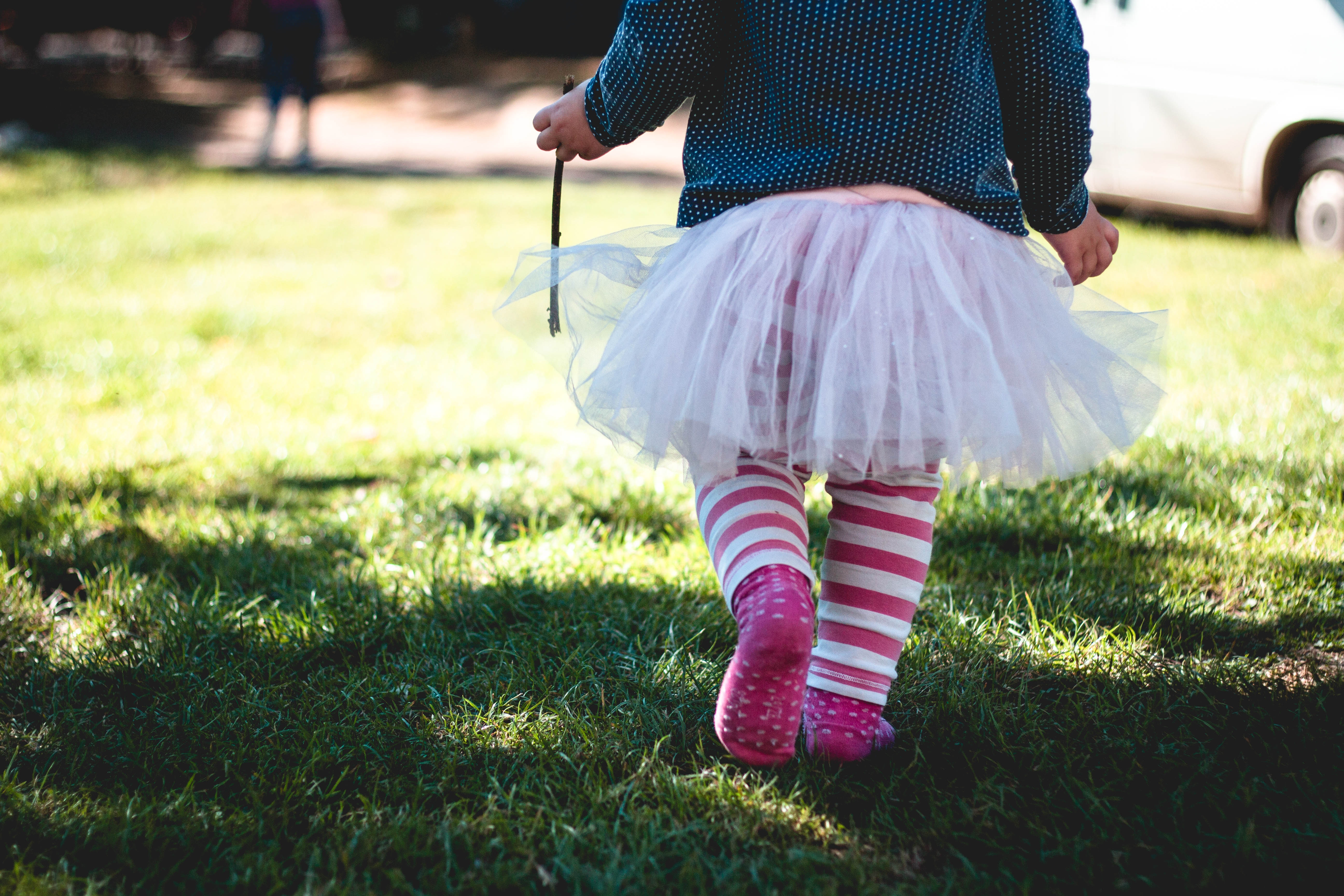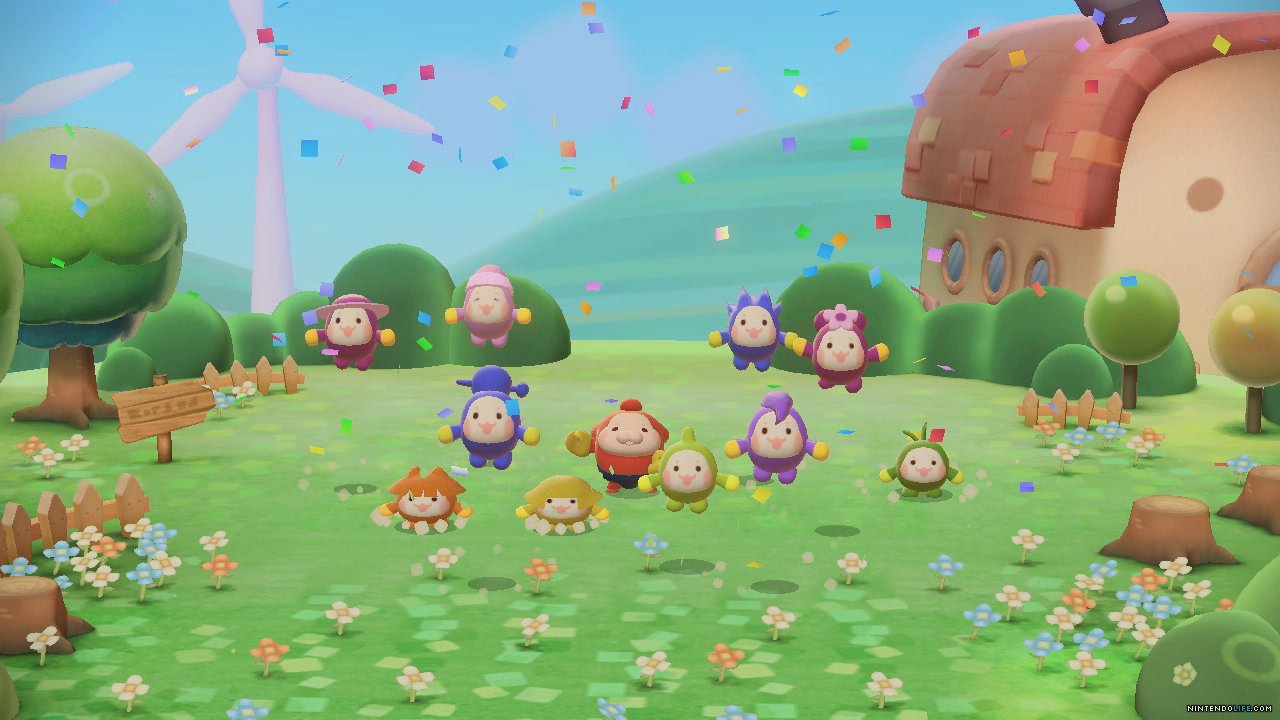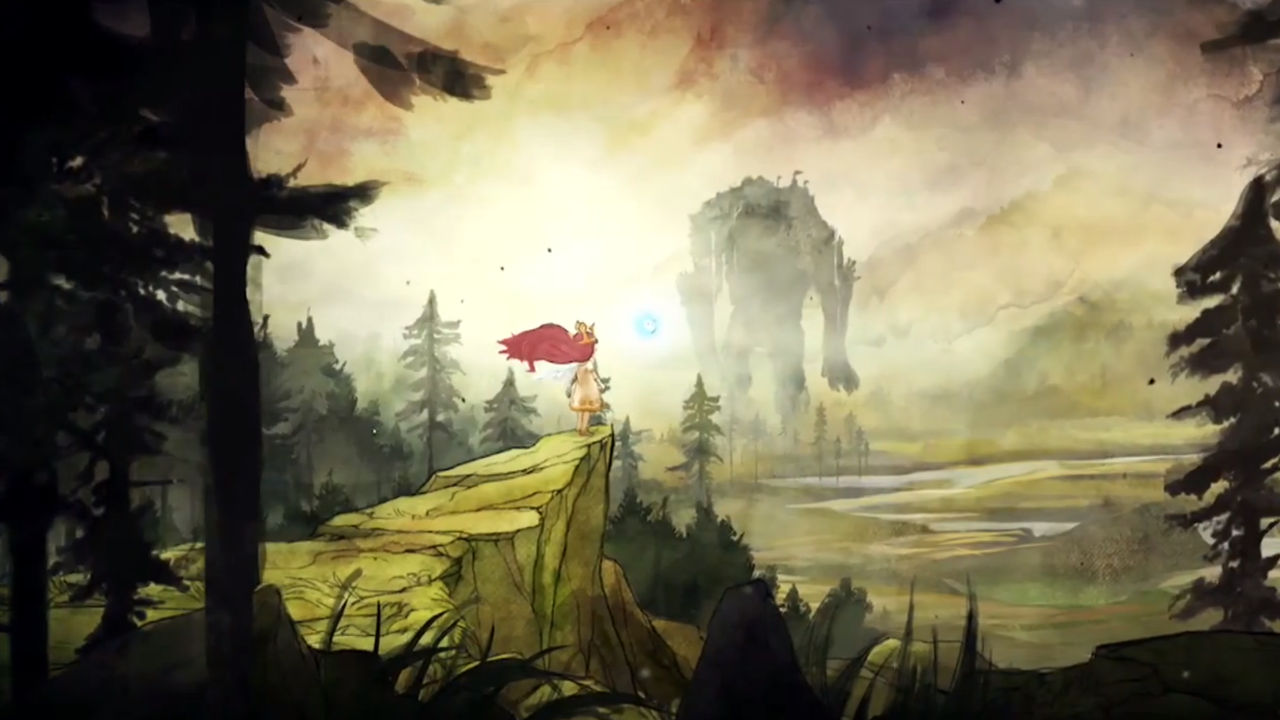Part One: Girlhood
This is the first in a three-part series. Please note names have been changed to protect the identities of those discussed.
—
“Do you know Peter, who cuts your hair?” I couldn’t have been older than three, and I loved Peter who cut my hair. He let me wear dinosaur smocks in the chair, and I could play with rubber tyrannosaurs while he styled my strawberry blonde pixie cut. I nodded at my mother, and told her so. “Well he’s gay,” she announced. I asked her what that meant; I’d never heard the word before. “Well, he’s a man.” I nodded, and she continued. “And when someone is gay, it means he’s a man who likes other men. The same way men and women – like when they get married – like each other.” It didn’t seem like a revolutionary idea to me, nor did it stand out at all. It felt more like I had just learned about another hair color someone could have: it didn’t, couldn’t, affect me directly, but it was a part of some people’s lives, and it didn’t do anything one way or another to anyone else, really.
I nodded again, and that was that.
When I was in second grade, my favorite TV show was Xena: Warrior Princess. I loved Xena: she was strong, and my parents had always stressed the importance not of being strong, but of being a strong girl. With a purple, plastic “girls rule, boys drool” coin purse I took everywhere, I was a firm believer in girl power. I was a voracious reader, always after the most treasured book in my elementary school library, D’Aulaire’s Book of Greek Myths. I had been raised on the heroes of such epic, good vs. evil adventures as Star Wars and Indiana Jones. Xena was a natural fit.
I had everything Xena: a Xena wall calendar, a Xena poster my dad hung in my closet for me, and one day during circle time I even instructed my second grade class to start calling me Xena. I mastered her war cry, and debated the strength of her quads in the bus line. My dad taped every night’s episode for me on VHS so we could watch it together the next day.
When one day my mom told me that Lucy Lawless, who played Xena, had been on the Tonight Show the night before, it wasn’t out of the ordinary when I asked if she’d taped it for me, and if I could watch. She hesitated, and then said no, it wasn’t appropriate. I asked why. After all, my dad taped and I watched every episode of Xena that aired; what could be inappropriate? She hesitated again, then explained that the host had asked some questions about Xena.
What kind of questions?
Questions about Xena and her friend.
What did that mean? Why someone would have questions about Xena and Gabrielle? What kind of questions were there to be had?
My mom finally sighed – a syncopated one I used to emulate as a child whose dangerous meaning I would finally come to learn as a teenager – and said “questions about their relationship. About if they’re… You know.”
Except I didn’t know. But that was that.
My parents were open with me as a child. They gave me a laundry list of all the “bad words” early on, and explained why they were bad. They explained the intricacies of where babies came from. My dad took on the gargantuan task of molding a little girl into a strong, empowered woman, and it’s something for which I am forever indebted to him – and something I appreciate more and more each day. He also worked every day though, and so a lot of explanations and difficult conversations fell to my mother. Most of them were fine.
I had a childhood made up of Laura Ashley dresses, hairbows, ballet lessons spent pretending I was leaping across the ocean to Africa instead of a springy studio floor, Emily Post, etiquette luncheons at the Governor’s Mansion, and a cotillion. On the weekends I could go to the arcade or watch Star Trek with my dad, or when his sisters were in town, I could go for a hike with my aunts. I had a kindergarten best friend named Cecelia with whom I always played Star Wars, but after that one year we were no longer in the same class, and we never saw each other until we were reunited in the fifth grade. Eventually too, my parents divorced, and my time with my dad was limited to one day a week plus every other weekend. I’d stopped hearing from my aunts long before with invitations to go hiking. (I later found out the invitations had never stopped; they’d only been deleted from my AOL kids’ account before I could read them.)
Brief weekend or every-so-often escapes had never been enough for me, let alone once they slowed to a trickle or, in the case of my aunts, stopped entirely. Xena had long ended, but in her wake, I had found other girls and women, strong ones, ones to whom I could relate. I found them on the shelves at Waldenbooks, projected in superhuman size at the Forum 8, or in my own house, through a complicated remote and something experimental called digital cable that we were “just trying out.” I didn’t know it then — couldn’t know it then — but those women became my survival.
—
I was in third grade when Pokémon hit the Midwest like a thunderbolt. I was immediately hooked: I loved animals, magic, adventure, and, a newly minted yellow belt, the idea of battles, albeit practicing a Korean martial art rather than a Japanese one. While I had a Pikachu stuffed animal my neighbor had given me when he moved — after years of playing Xena up and down our cul de sac — my favorite character was, without doubt, Team Rocket’s Jessie. Despite Team Rocket’s vaudevillian buffoonery, Jessie was a powerful trainer with (mostly) strong Pokémon, great hair, and an incredible all-white outfit featuring a crop top, miniskirt, and thigh-high boots. I quickly memorized Team Rocket’s “prepare for trouble” speech, readily spouting it wherever I would go, and was quick to claim Jessie whenever Pokémon came up at recess.
Around the same time, our house got a Nintendo 64 for Christmas, and a couple of games, including GoldenEye. It was a movie I’d seen and enjoyed, but largely forgotten about – until I played as Xenia Onatopp. GoldenEye immediately partnered with Pokémon in consuming my life, Xenia more so than Jessie. She was a strong woman too, but could and readily did exercise great power over others, particularly men. She wasn’t held back by her womanhood, and regularly occupied (and dominated!) mens’ spaces. Whenever I would watch GoldenEye from then on out, I would fume at Xenia’s death, arms crossed and demanding justice.
Such an outrage and call for justice would continue when, in fifth grade, I got to play Maleficent – then called Baneberry, to avoid copyright infringement – in our adaption of Sleeping Beauty. I was delighted to be able to play such a wonderful, such a woman villain; I had come to associate villains as good, despite the whole point of villainy, simply because there were so many more strong women who were villains. When Maleficent was given no justice or even a valiant death in the script, I immediately wrote my own. Our director let us practice it, but it didn’t make the final performance.
At ten years old and desperately searching for strong women, I had stumbled into something my well-meaning father had never intended. He may have wanted me to grow up an empowered girl and into a strong woman, but the world outside of our house didn’t. He was one man, doing his best to help raise a little girl, against the rest of the world. I was determined to seek out women with whom I had a connection, and from whom I could draw strength. The media was determined to code strong women as deviant, wrong, and to be avoided at all costs.
It’s an act similar to queercoding villains: make such women villains, and viewers will subconsciously come to associate their traits as bad things. It’s long been done to queer men, Disney being one of the worst perpetrators. When children consume coded media – in the case of Pokémon and Sleeping Beauty for me, and Disney for everyone – and end up identifying with the coded characters, it doesn’t teach them that anything is bad. Instead, they end up lionizing villains, even if they know their actions are immoral. They end up with a fascination about a good death. When I got older, I would emulate femme fatales, something I can trace to this initial identification with coded woman villains – and to which I owe a couple of dress code violations.
Coded villains might also teach children to hate themselves.
—
While I missed my hikes with my aunts, I was still able to see them over the holidays, or when we visited them as a family, dedicating a vacation to a new region of the United States and seeing them while we were there. One of my aunts was stationed in Hawai’i, and while we never made it there to see her, she would send presents for me to her sister that I could get whenever we visited. Because it was so close to Japan, my aunt, who knew how much I liked Pokémon and has always been an exemplary gift giver, could and would find manga with much more ease than my parents could in the Midwest.
I was coming off my villain high when she gave me my first Sailor Moon volume, and it changed everything. Since Xena, and with the exception of a deeply loved copy of the Charlie’s Angels remake on VHS, I hadn’t had any women in my life who were strong and good. I had Jessie and Xenia and Maleficent, but none of them ever won, if they even made it out at all – something two of the three didn’t. Reading Sailor Moon for the first time was like the first time I tried a Vesper, a cocktail coincidentally named after another Bond femme fatale: both wholly overwhelming in their contents and something of which I immediately wanted more all the same. Not only did the 18-volume saga give me Usagi, a girl protagonist and superhero with faults by which she wasn’t defined, but it also gave me 13 more Sailor Scouts, girls and nonbinary folks alike, to whom I could look up.
Next Thanksgiving, the Xena poster that still hung in my closet became partner to two Sailor Moon ones.
I was finishing up my elementary school tenure, and between visits to my aunt and scavenging Rock Bottom Comics’ manga section with my dad, had run out of things to read. My school had scheduled library visits for all classes, and it was after a lesson on the Dewey Decimal System with my class that I happened to pull a book off she shelf in an activity designed to help us practice reading the labels: Alanna: The First Adventure, by Tamora Pierce. I was immediately hooked on the cover, and when all my friends tried to snatch it out of my hand — despite all having various borrowed copies of my Sailor Moon volumes at their houses — I refused to let them, marching straight up to the check-out desk.
I was immediately enraptured by the story of Alanna, a young girl determined to be a knight and who disguises herself first as a boy and then as a man in order to do so. She was the next level of strong woman to whom I aspired, who blazed her own trail, particularly in a space dominated by men. The only time Alanna ever disappointed me was when she entered into a relationship with a man, not once, but twice, and finally ended up marrying one. I didn’t understand why she cared, or would want to bother. Most of all, for reasons I didn’t understand, I felt betrayed. Based on everything I knew about Alanna, everything I understood about her, the pieces of our lives I experienced us as sharing, that was the last thing she wanted. So why did she? And why did she keep wanting it? Why was that her happily ever after, after she had worked so hard for so much more?
Tamora Pierce published two more Tortall quartets after Alanna, both of which I devoured as soon as I was able to get my hands on them. (She has since written more.) One followed Daine, a wildmage, and the other, Kel, another young hero with whom I immediately identified. Kel was able to train to be a knight as herself, a girl, but had to do so alone, with no help from other women. She immediately resonated with me, more so than Alanna, and despite a brief dalliance with a young man named Cleon, I was relieved when Kel’s saga ended with her independent of a relationship with a man. I started middle school in Kel’s world, wearing a green, gold-lined tunic and leggings my mom had made me for Halloween that year.
To this day, I don’t know if my teacher or our librarian had intentionally assigned me Alanna’s Dewey number or if it was a lucky twist of fate. I like to think there’s something a little bit more poetic about it being the latter, though. It reads like something out of another star of the Fairview Elementary library: D’Aularie’s.
—
This is the first in a three-part series. You can read Part Two now.
[coffee]






